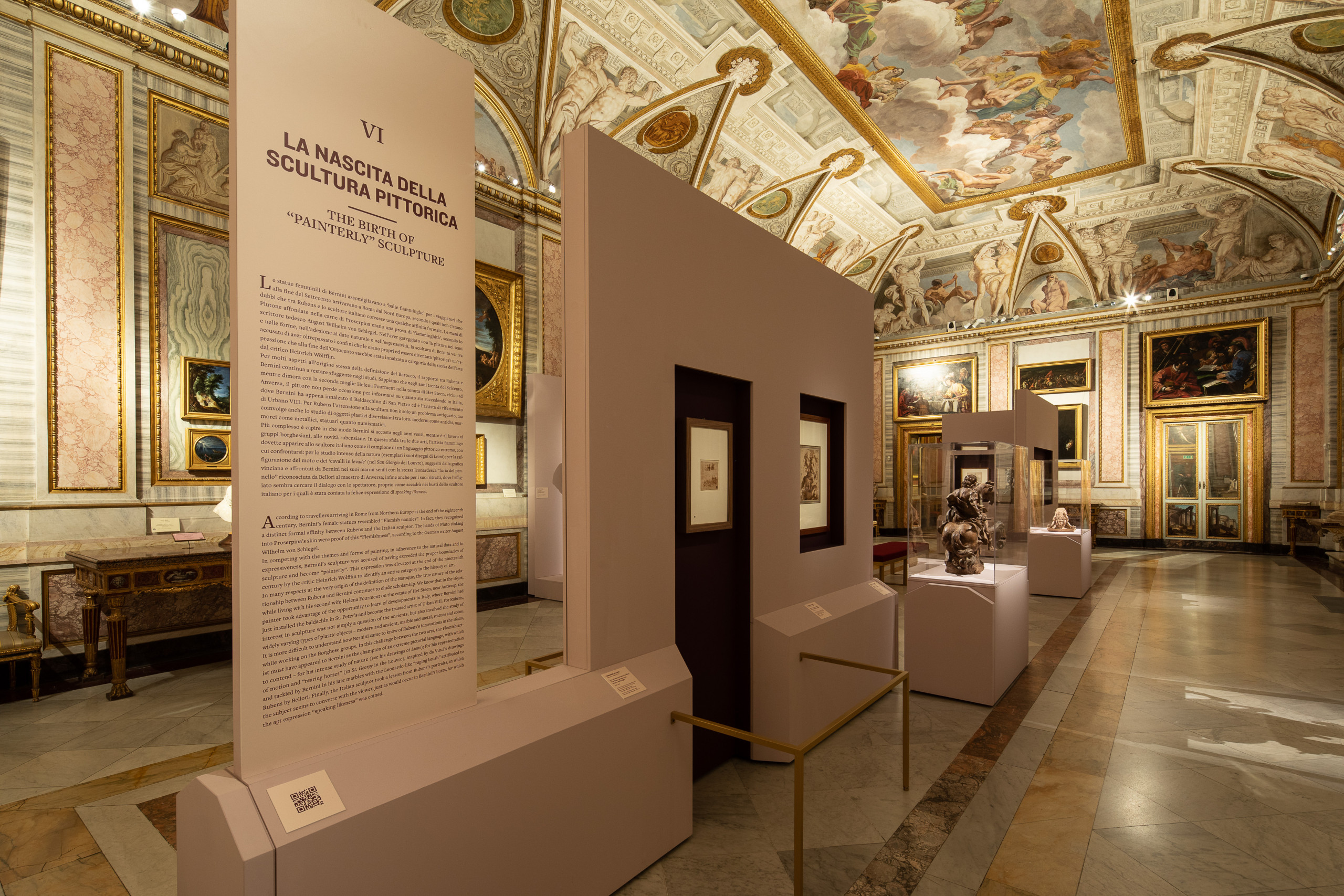THE BIRTH OF “PAINTERLY” SCULPTURE

According to travellers arriving in Rome from Northern Europe at the end of the eighteenth century, Bernini’s female statues resembled “Flemish nannies”. In fact, they recognized a distinct formal affinity between Rubens and the Italian sculptor. The hands of Pluto sinking into Proserpina’s skin were proof of this “Flemishness”, according to the German writer August Wilhelm von Schlegel.
In competing with the themes and forms of painting, in adherence to the natural data and in expressiveness, Bernini’s sculpture was accused of having exceeded the proper boundaries of sculpture and become “painterly”. This expression was elevated at the end of the nineteenth century by the critic Heinrich Wölfflin to identify an entire category in the history of art.
In many respects at the very origin of the definition of the Baroque, the true nature of the relationship between Rubens and Bernini continues to elude scholarship. We know that in the 1630s, while living with his second wife Helena Fourment on the estate of Het Steen, near Antwerp, the painter took advantage of the opportunity to learn of developments in Italy, where Bernini had just installed the baldachin in St. Peter’s and become the trusted artist of Urban VIII. For Rubens, interest in sculpture was not simply a question of the ancients, but also involved the study of widely varying types of plastic objects – modern and ancient, marble and metal, statues and coins.
It is more difficult to understand how Bernini came to know of Rubens’s innovations in the 1620s, while working on the Borghese groups. In this challenge between the two arts, the Flemish artist must have appeared to Bernini as the champion of an extreme pictorial language, with which to contend – for his intense study of nature (see his drawings of Lions); for his representation of motion and “rearing horses” (in St. George
in the Louvre), inspired by da Vinci’s drawings and tackled by Bernini in his late marbles with the Leonardo-like “raging brush” attributed to Rubens by Bellori. Finally, the Italian sculptor took a lesson from Rubens’s portraits, in which the subject seems to converse with the viewer, just as would occur in Bernini’s busts, for which the apt expression “speaking likeness” was coined.